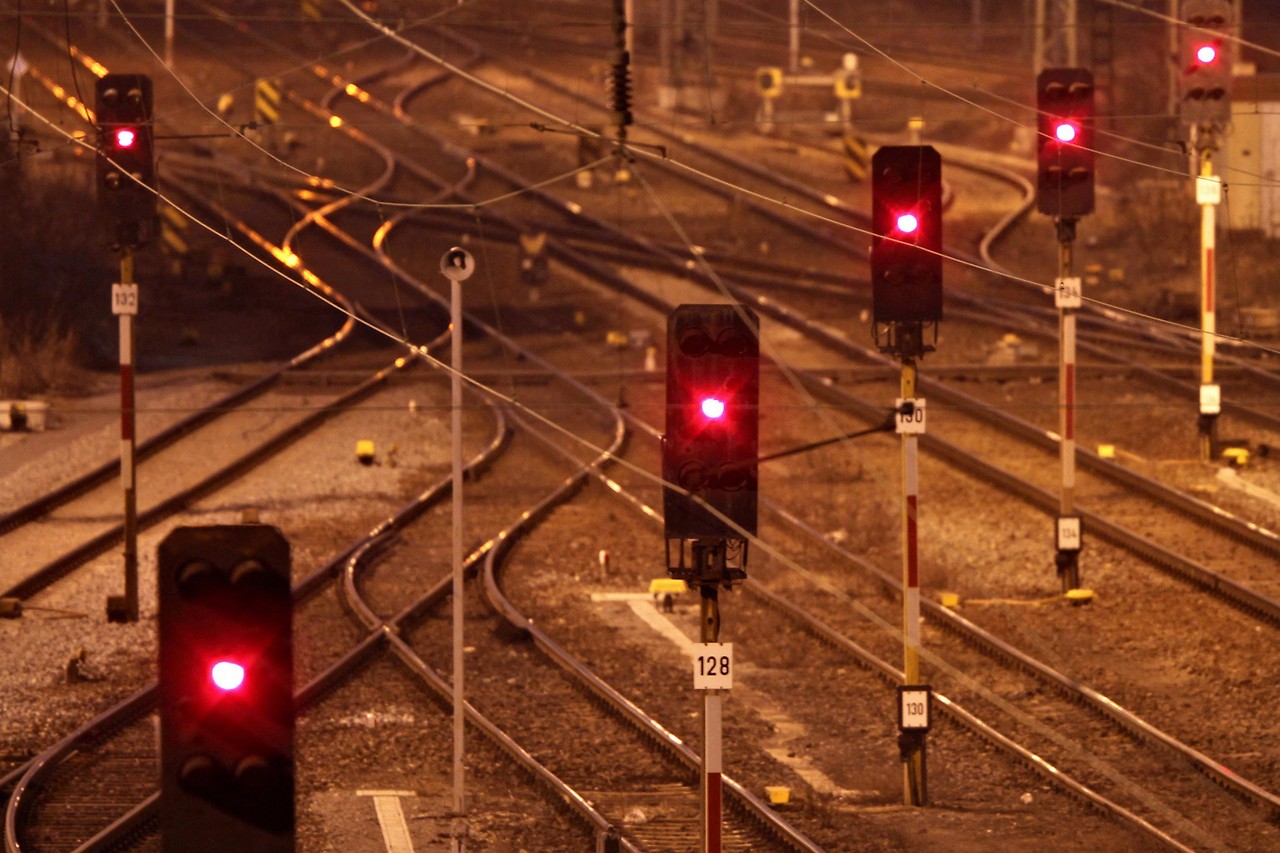The European Union set itself big goals with its “Green Deal”: climate neutrality by the year 2050. It is a logical consequence that it is no longer possible to take every vacation trip by plane or diesel car. The train should take more people on board again and connect the countries of Europe with one another.
Prestigious advertising is being used to get this plan on track. In autumn, a specially equipped train will start a journey across Europe, the “Connecting Europe Express”. It should be the figurehead in this year’s “Year of the Rails”. The train will leave Lisbon on September 2nd and head for more than 70 cities in 26 nations. He will also make several stops in Austria, the end of the line being in Paris on October 7th. Events and conferences are planned around the stops. They also want to appeal to a young audience, which is already a sought-after target audience for rail travel through Europe. There is a separate Spotify playlist with songs about trains and journeys from every country the Express stops in. A photo competition was also held.
Attachment to lack of connections
The trip of the “Connecting Europe Express” should make people want to travel by train, whether on private or business trips, and be a “symbol of solidarity”. But the connection is often simply not given, as the EU Commission itself criticizes. “The train also serves as a reminder that we still have a long way to go before rail becomes the preferred mode of transport for Europeans.” The main reason for this is the “lack of interoperability”: the train that runs in Belgium can’t just rattle on Austrian rails. Every country has its own technology.
Interview with ERA boss Doppelbauer
The Austrian Josef Doppelbauer heads the European Railway Agency. In an interview he talks about the problems in international rail transport.
–
There is no uniform operating language, no common signals, no rules and no higher-level authority that manages traffic. The power grids are also different. Even the journey of the “Connecting Europe Express” will be affected by this. For example, because of the different track widths in Europe, three different trains have to be used.
But the most elementary things are often missing, gaps that prevent a train from simply being able to travel through Europe. Too often it is the tracks that end at the border. There are also places in Austria where it is not possible to cross the border by train, such as on the route from Vienna to Laa an der Thaya, where two kilometers of track are missing to the Czech Republic. They were not restored after World War II. The situation is similar between Bad Radkersburg and Slovenia.
Not all red is the same
These are problems that Josef Doppelbauer knows well enough. The Austrian heads the European Railway Agency (ERA). One of the main tasks is to strengthen interoperability within the EU – a Sisyphean task. In the past few years, the work of the ERA has resulted in more than 14,000 national technical regulations. In an interview with ORF, Doppelbauer used numerous examples to explain the problems that can arise when crossing the border by train. Train drivers should be able to speak the language of the country in which they are driving. The signaling systems are different: “A red light does not mean the same everywhere.”
“In Belgium it means ‘drive on sight’, in Austria it means ‘stop’. In England the doors have to open in the event of a fire, in France the doors have to remain closed. ”So you have to be trained for all eventualities and also know the routes.
A cheap connection is often more important than a cheap price
In the past, rail transport was designed to be far more international and therefore sometimes faster than it is today. The tracks and wagons were compatible across Europe, and the borders could be crossed by train. The railway must now be made more attractive again and integrated into the overall traffic, said Doppelbauer. Regulations would have to be adapted and the taxation of the various types of transport made fairer – CO2 taxation is also an issue.
For rail passengers, the low price is not always the focus. “First of all, I need a cheap train connection. If I have to change trains five times to get to my destination, the train is not attractive. You need direct connections at least between all major European cities, where you can get to your destination relatively quickly with at most one change, ”says Doppelbauer.
Much prestige for night jets
Austria is way ahead of the rest of the EU when it comes to passenger transport. According to the Chamber of Commerce, with 1,502 kilometers per person, more train kilometers are covered than any other member country. The number of passengers is also increasing from year to year, with the exception of the pandemic. The federal railways advertise their own climate friendliness and demand the further expansion of the rail network. Cross-border journeys are also advertised, and a dedicated booking portal is to combine Europe-wide train journeys with hotel accommodation.

With the renaissance of the night train, ÖBB gained a lot of prestige. In addition to a number of other destinations, this year, for the first time after 16 years of interruption, there was again a night connection between Vienna and Brussels. Paris and Strasbourg are to be added by the end of the year. A new connection between Vienna, Prague and Berlin is also planned. It shouldn’t take longer than four hours from Vienna-Favoriten to Berlin-Mitte.
However, the ÖBB also see the greatest challenge in the fact that the railway systems are thought of as national, as it said to ORF.at. Every time you cross a border, different rules and different technology apply. “A lot more Europe is needed here, in other words, standardization.” The infrastructure is also not equally well developed everywhere. What is important are “a clear commitment by politicians to the rail system and courageous decisions”. Austria already has a role model function here.
Bottleneck political will
In many European countries, however, the direct connections remain the major shortcoming. Time is of the essence if the climate targets are to be achieved. If it goes according to the plans of the EU Commission, high-speed rail traffic is to be tripled by 2050, and freight traffic is to be doubled. For this, however, the course must first be set. Last year, the fourth European railway package came into force. It should help to remove the many national hurdles and also to advance the night train network throughout Europe. ERA’s mandate has also been expanded.
For their boss Doppelbauer, the problem is often not with the financing, but with the political will. Not only does it take hard investments, bottlenecks also have to be eliminated. He wanted more cross-border ticket offers and also to close smaller track gaps at the borders. Such measures can move a lot with little to no cost. The national state railroad thinking is still deeply anchored. “It will not be possible to get rid of all peculiarities, but we strive to implement simplifications as much as possible.”
–


